Human beings open the Xinjiang domain!James Wob telescope latest image announcement
Author:Report Time:2022.07.12
Today, the first photo of James Wob Space Telescope. These photos show the deepest and clearer space images so far. The image presents a large number of colder and darker celestial bodies that humans have never seen before. Breakthrough discovery obtained by galaxy formation.
The universe is more faint
The first one was released by James Weibu Space Telescope "Extreme Deep Space" full -color infrared photos, showing the huge amount of deep space details that humans had never seen before. The photos contain at least thousands of galaxies -many of them have never seen before, and they are concentrated in a small sand as a sandy sky at the end of the fingers at the end of our fingers.
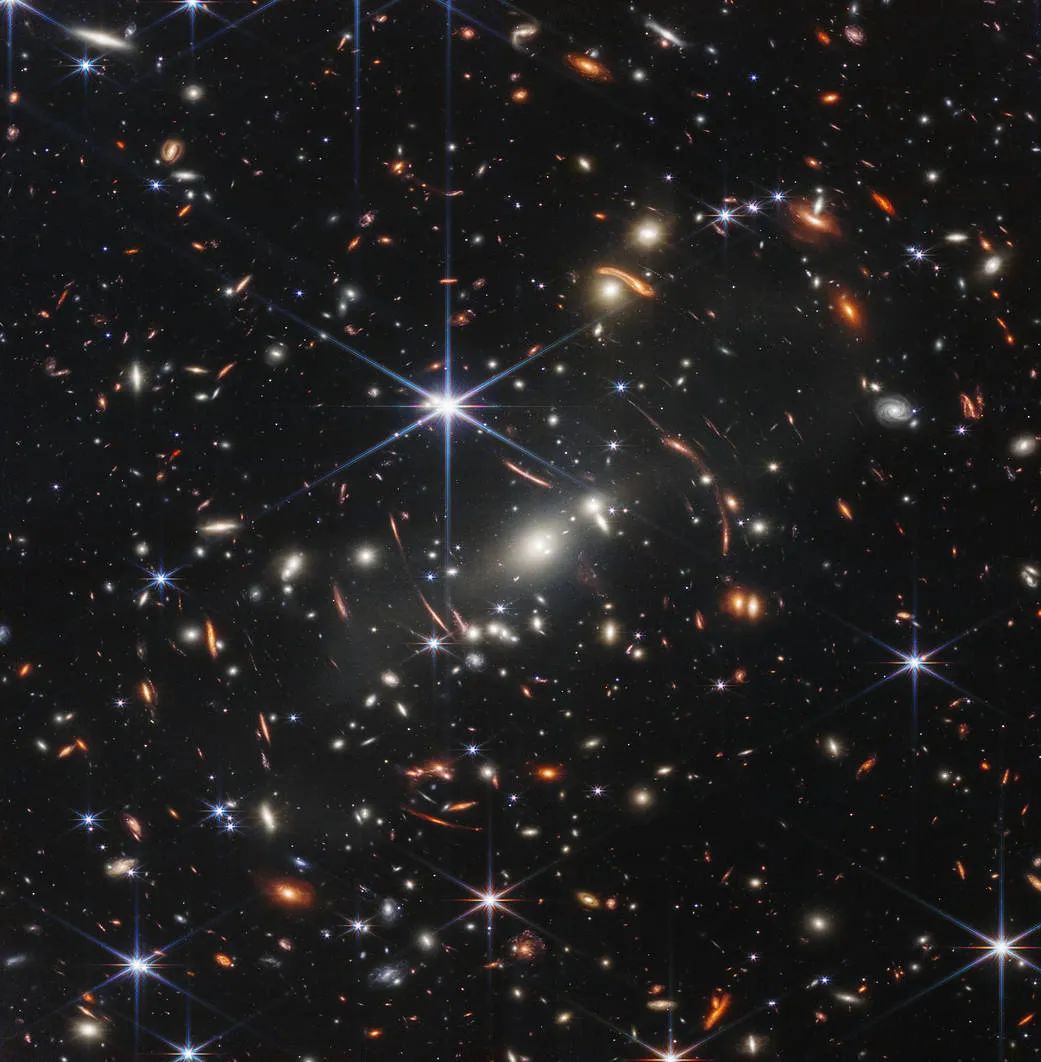
The photo was taken by the near -infrared camera of the Wabbu Telescope. It was synthesized by the data of multiple bands. The total exposure time was about 12.5 hours -similar photos, the Hubble telescope needs to be completed for a few weeks, and it cannot reach this way. "depth".
The main body of the photo is SMACS 0723 galaxy group. According to Zheng Zhenya, a researcher at the Shanghai Observatory of the Chinese Academy of Sciences, this is a galaxy group of 4.6 billion years ago. The galaxy image enlarge, twist, stretch ". As a result, humans have seen a more distant dark galaxy, as far as 13 billion light years.
The second photo is about exogenous planets. WASP-96B is a giant star of about 1150 light years from the earth. The quality is about half of Jupiter. The revolution cycle is only 3.4 days. It was discovered in 2014. Webb observed its part of the molecular spectrum, and some have scattering, which means that there may be haze on the planet.
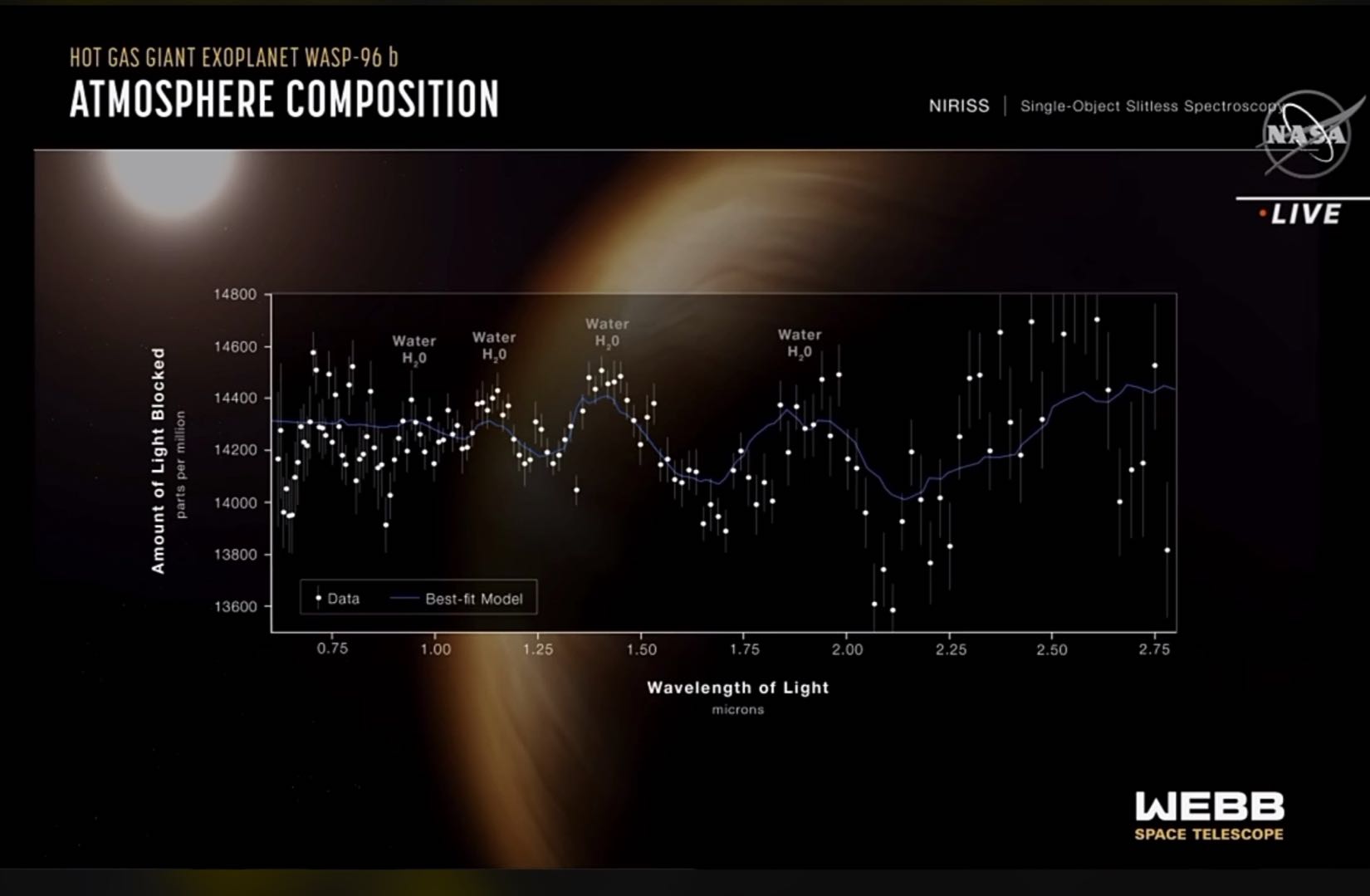
The third is a photo about star evolution. The South Ring Xing Cloud (NGC3132) is a planetary nebula in the sailing seat. It is formed by the substance that erupted from the center of the center after the death of the center, which is about 2000 years from us. You can see two stars in the center position taken by Webb. The darker highlight may be the white dwarf left after the formation of the star.

The fourth one is about galaxy evolution. Stephen's five -player galaxy is a group of galaxies composed of 4 galaxies, about 300 million light years from the earth. The amount of information in the photo is very large and the details are rich. In fact, the two galaxies in the middle have begun to collide. The photo also contains stars in the galaxy, and the younger star is the galaxy outside tens of billions of light years. In this galaxy, some active gases are also seen, which may be the gas of the black hole, so you can see the position of the black hole in the center of the galaxy.
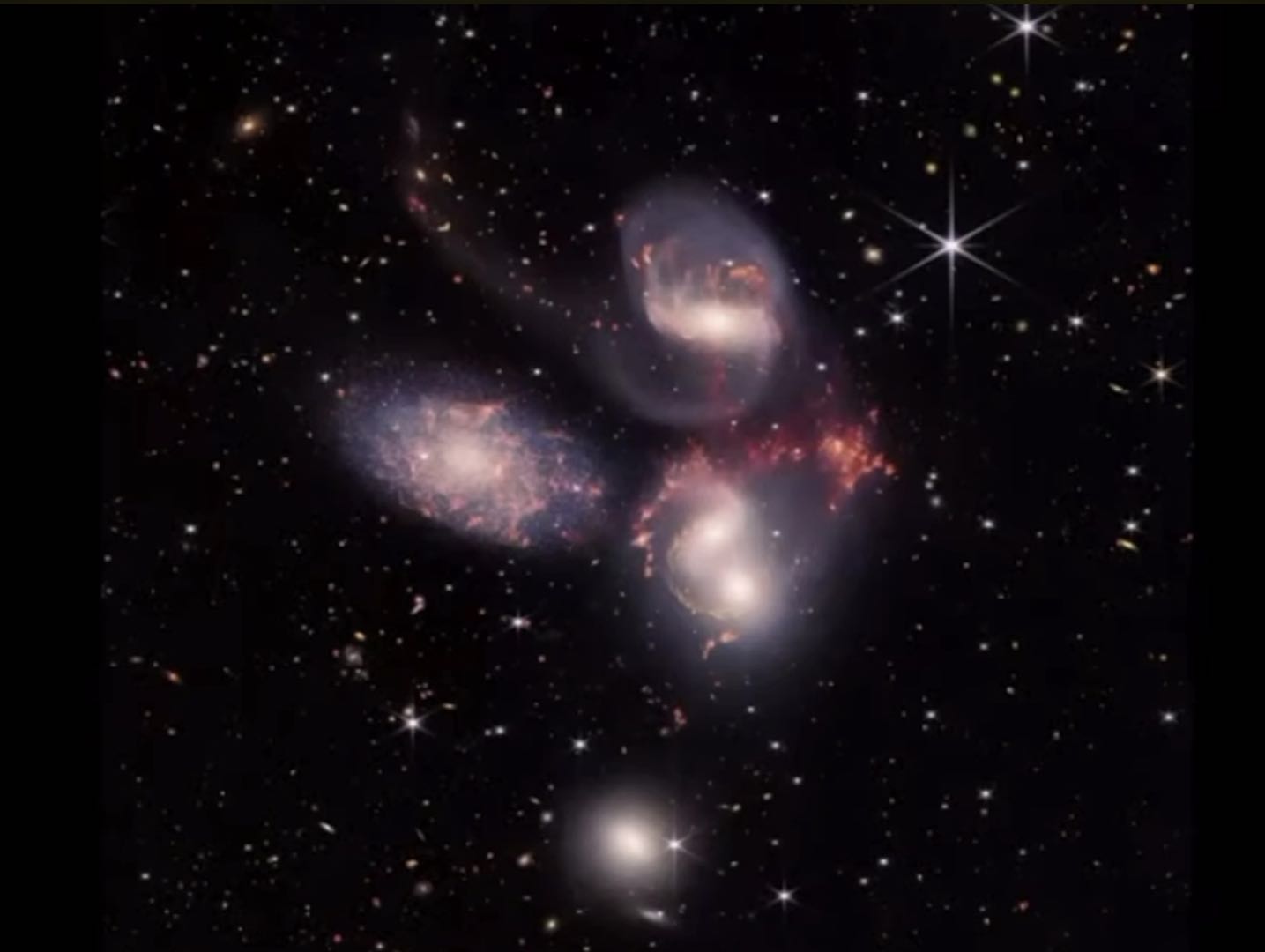
The fifth photo is about the birth of stars. The big star in the ship is located in the Southern Star. It is a star formation area in the Milky Way. The new stars and the star groups formed by them are wrapped in a large amount of gas and dust. From the images taken by Hubble, you can see the spectacular gas cloud, and Webu has infrared observation capabilities, can penetrate gas, and directly see the infrared light from the stars behind it. Many of the stars in the photo are the stars in birth.
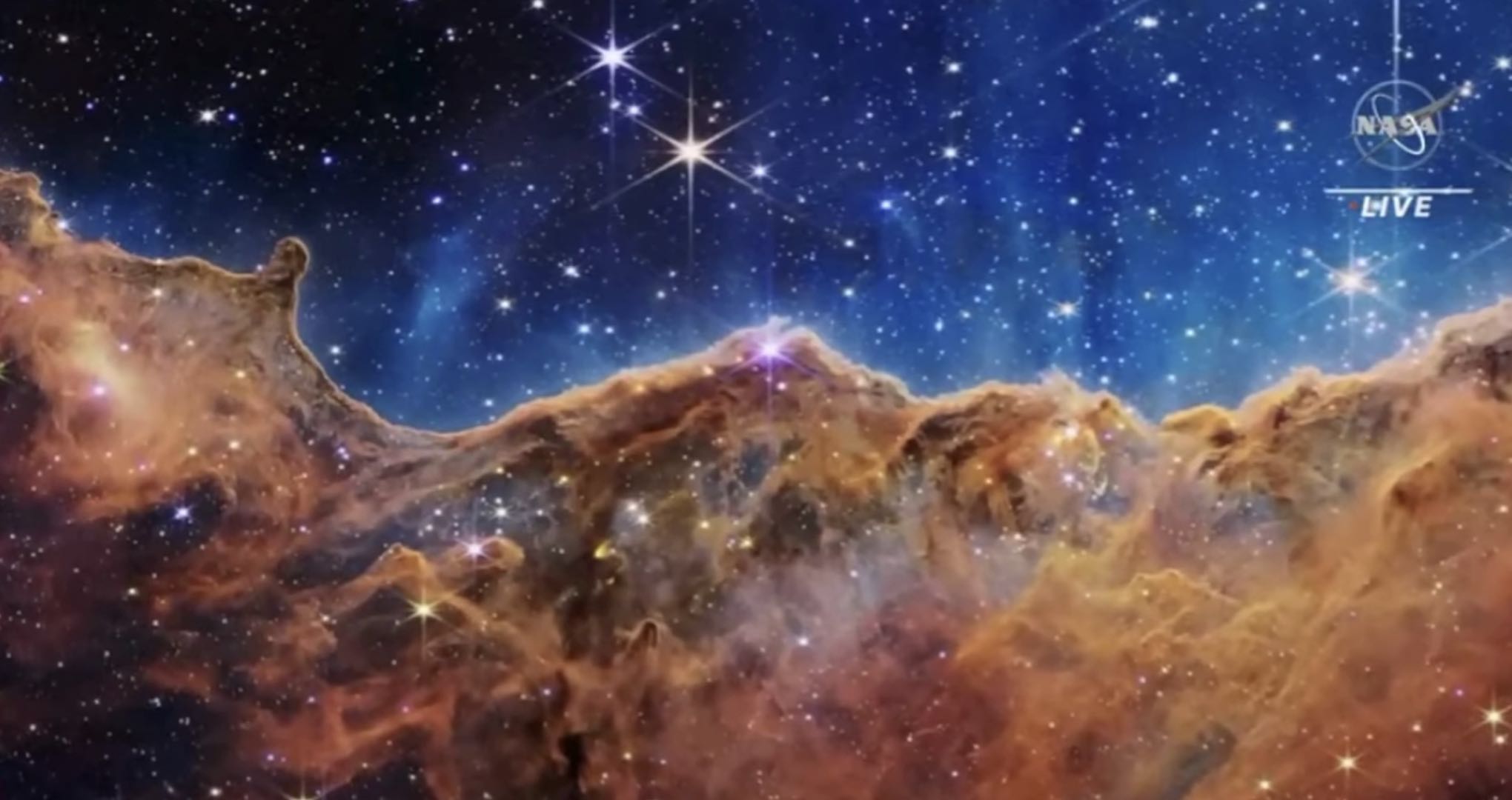
After the bumpy peak
"Weibu Telescope lets humans know that our understanding of the universe is so much unknown." Zheng Zhenya told reporters that the instruments equipped with Weibu Telescope can be detected in multiple infrared bands. The sensitivity is very high. Observation has been promoted to a new step.
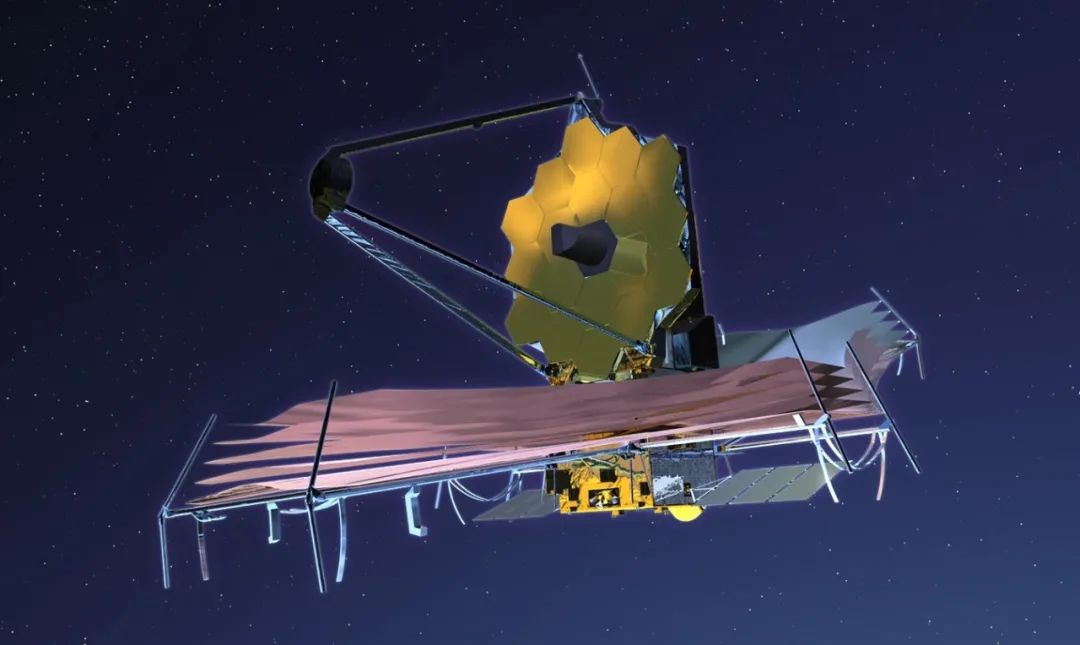
▲ James Webb Space Telescope
When it comes to the Weibu telescope, the peak of the infrared astronomical telescope. Starting from the launch of the first infrared astronomical satellite IRAS in 1983, there were ISOs of infrared space observatory in the 1990s, the Stipedic telescope launched in 2003, the Herchel Space Observatory in 2009, and the infrared measurement of the wide field field infrared measurement Detector (Wise).
James Weber Space Telescope launched on December 25, 2021. The diameter of its splicing main mirror reached 6.5 meters of unprecedentedly, and can be focused on receiving near -infrared light from 0.6 to 28.5 microns. Its task is to replace the Hide Space Observatory and break the record of the world's largest space telescope.
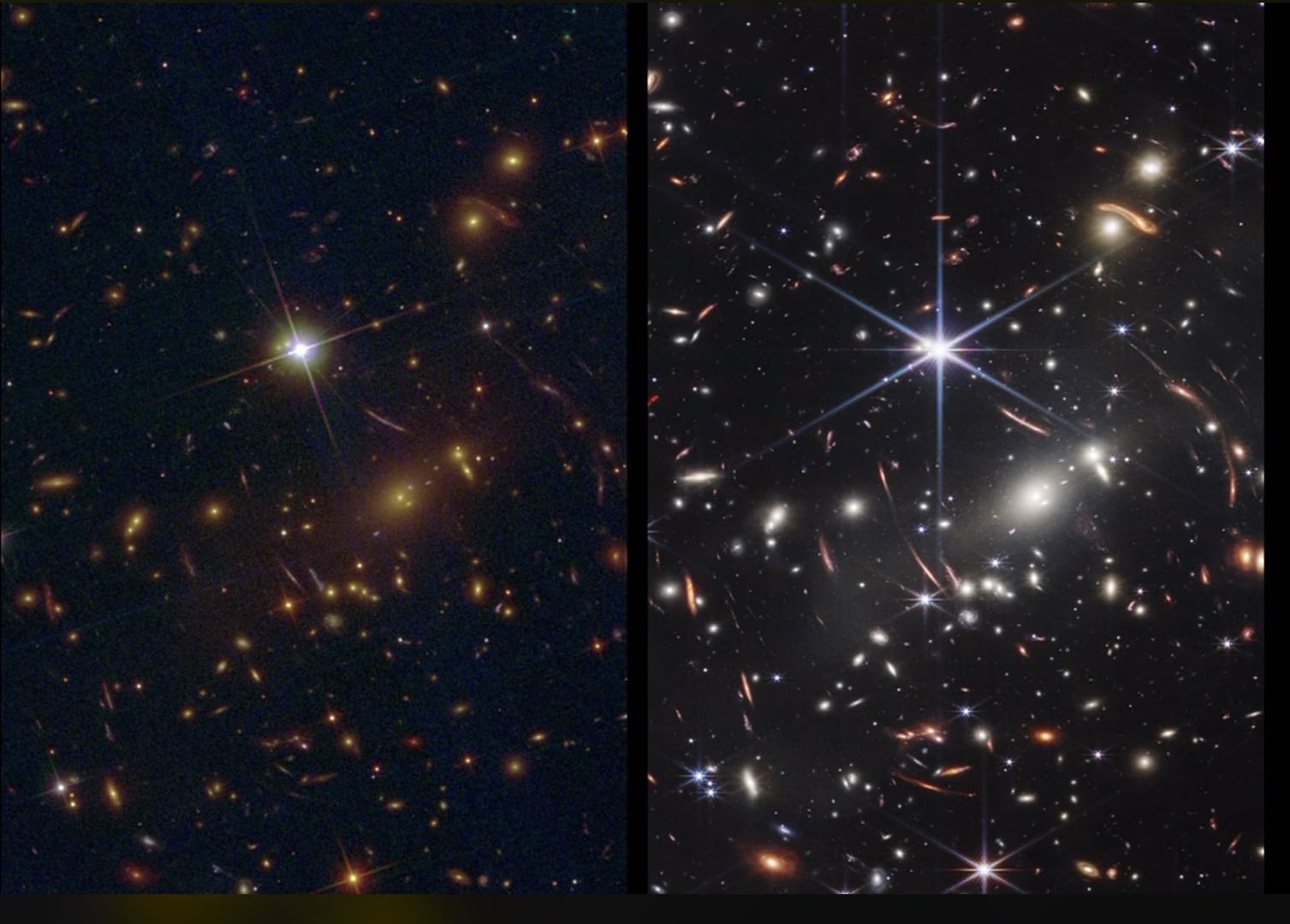
▲ The Hubble Space Telescope obtains the image (left) and the Valu telescope image (right)
"Weibu Telescope is the famous 'Pigeon King' in the astronomical world. It has been developed for two or three decades and spent tens of billions of dollars, and the launch time has been delayed again." It is also facing the danger of running off the project. "However, it can build and successfully lift and start operation, which does represent the top science and technology level of human cosmic observations."
Author: Xu Qimin
Picture: NASA, ESA, CSA STSCI
Editor in charge: Ren Quan
- END -
Comes with business card!Don't hang up when you receive this phone

The Ministry of Industry and Information Technology recently issued an anti -fraud...
The "Three Boxing Combinations" in Yantai High -tech Zone promoted "Get Layout and Starting" and entered the new normal

Focusing on optimizing the business environment and promoting the reform of the ap...